
Social media is a very competitive environment – Every company is out there trying to be the one that captures the audience's attention.
There are good reasons for it too! After all, social marketing has grown to be known for boosting brand awareness, driving visits to your site, prompting customers' engagement and more.
But with everyone going for the same piece of the pie, you need to find ways to stand out. And that's where video content comes into the social recipe.
Ask any skilled video company about it and they’ll all tell you the same thing: People can’t seem to get enough of this type of content on their feeds. But that doesn’t mean that just any video can work on any platform, nor that it’ll be appealing for your intended audience.
As with everything else in life, you need to learn the rules of the game before you can master it. And for that, hard data always comes in handy – to say the least.
Today, we are exploring a few stats and facts about social media and video marketing to help you guide your strategy in 2020. Shall we dive in?
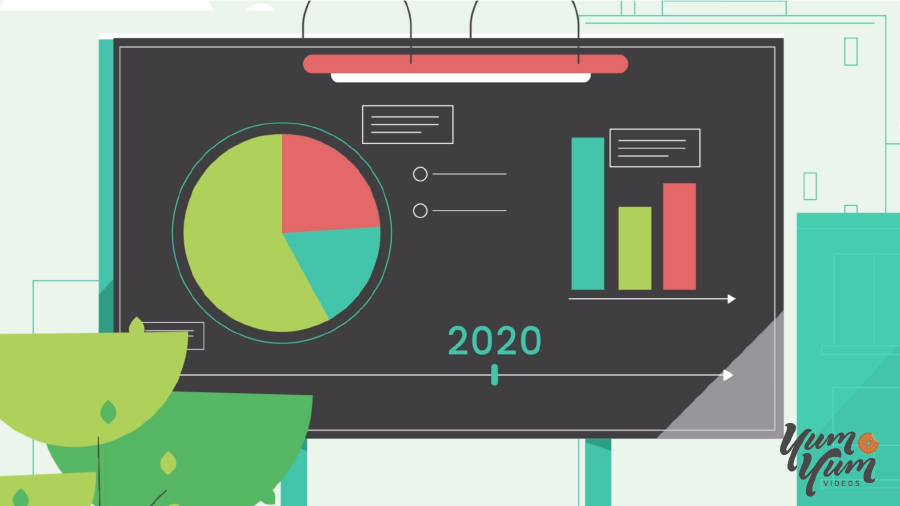
1. Facebook Is the King of Reach
It’s been sixteen years since Facebook came up into the social media scene and shaped it into what it is today. And even though the platform has had its ups and downs, it continues to be pretty much unstoppable. Today it amasses 2.5 billion active users around the world… and keeps on growing!
Now, there are multiple platforms with more innovative and fun features than Facebook. So what is it about this network that attracts people so much?
The answer probably is that Facebook’s no longer just a tool to keep in touch with your friends and long-lost relatives. It can be used for a wide variety of things: entertainment, staying informed, buying online… You can even find a job there!
So, it’s not hard to realize why so many people – and brands – have active strategies that involve the platform.
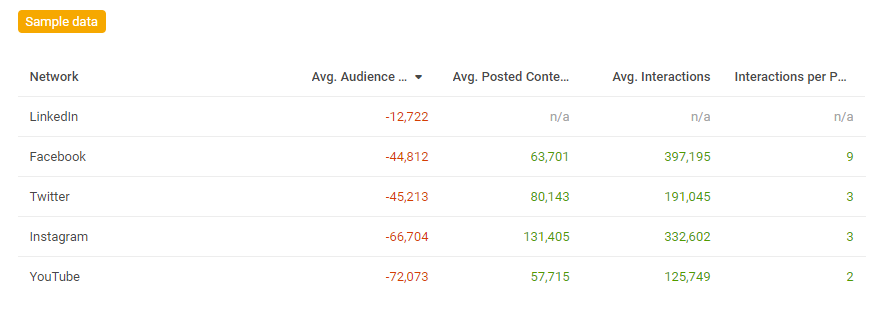
That said, every brand is its own unique world with a distinct target audience. What works for most businesses might sometimes not work for yours. That’s why it’s critical to use your own hard data to test the waters and know how to approach the audience you are going for.
You can compare the success of every social account you have –the behavior of your audience in each platform – leveraging the power of analytical tools like quintly. And figure out which platform could suit your business or brand best. However, when in doubt, Facebook seems to be one of the safest bets!
2. Videos Rule on Facebook
So, Facebook seems to social media what The Beatles were to music. And, if that’s the case, video content is the social media equivalent of Hey Jude.
It generates an interaction rate second to none, as can be seen in the Facebook study conducted by quintly. 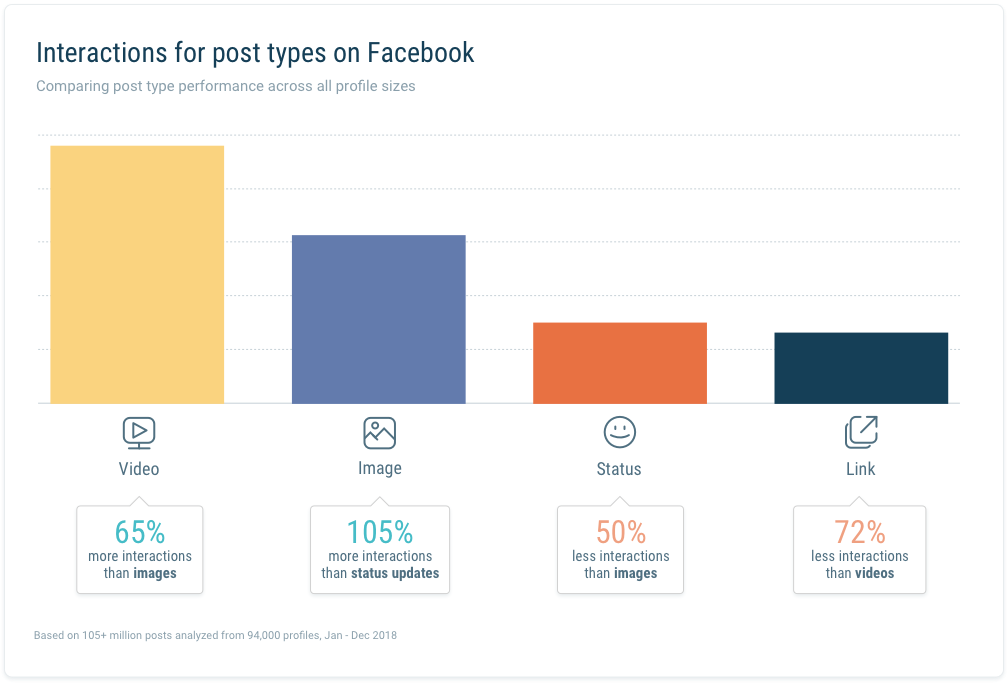
The days when Facebook feeds were flooded with text and photos are a thing of the past. Attention spans have gotten shorter than ever, and if you expect your audience to read about your value proposition, you are already dead in the water. The way forward lies clearly in audiovisual content.
That said, there’s one type of video that stands out the most on Facebook: Live videos.
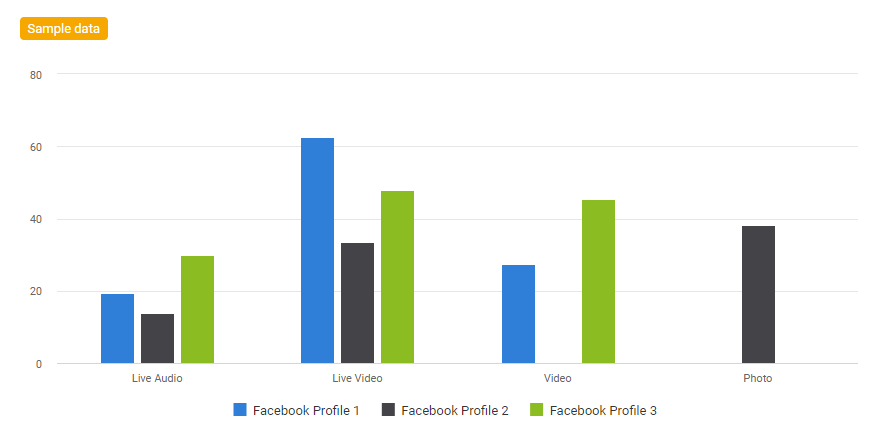
Live video seems to hold a magnetic pull over most audiences, sparking sky-high engagement rates - Which explains why a growing number of brands are resorting to this kind of content.
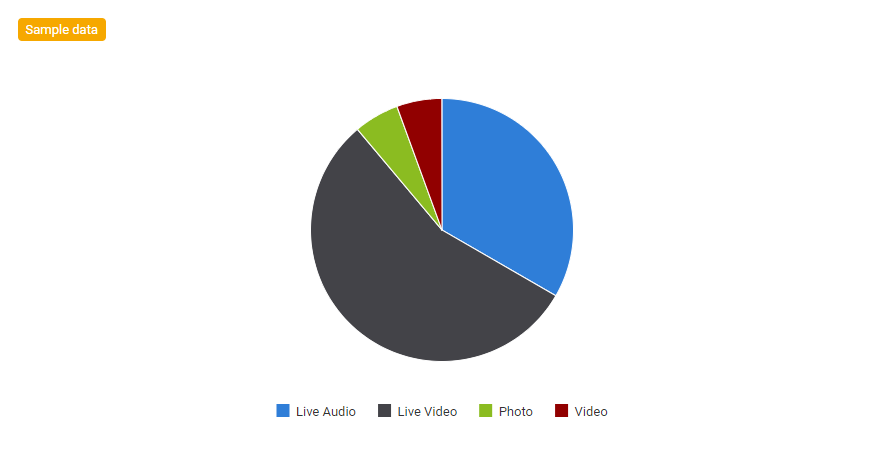
3. Instagram’s Growth Isn’t Slowing Down
Even though it’s not the number one social network out there, most brands can’t afford to neglect their Instagram presence! Doubly so if they are targeting younger audiences, or their business has a strong visual component to it.
This platform has mastered the art of staying relevant by launching innovative features every now and then to keep users invested. And it seems to be working nicely for them too! Since its number of users grows non-stop and the network is always thriving!
Many companies out there are well-aware of this fact and understandably, tend to post more on Instagram than on other networks.
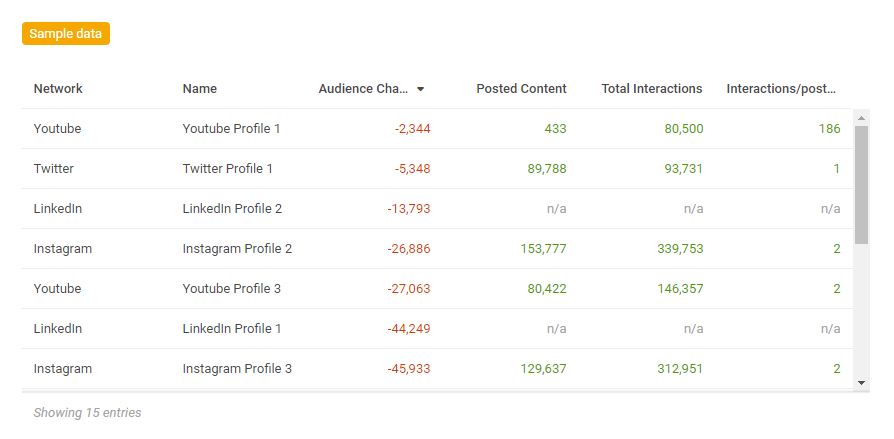
So, even if you decide to make your primary push on another social media platform, it’s probably a good idea to maintain your IG accounts active and growing. After all, the platform offers businesses some boons you won’t find anywhere else – Like ads that are almost seamless with regular, user-generated content.
4. Instagram And Video Content
So, how does video content perform in this ever-growing network?
In quintly's latest Instagram study , it was found that videos elicit 49% more interactions than pictures on Instagram and nearly 20% more than carousels.
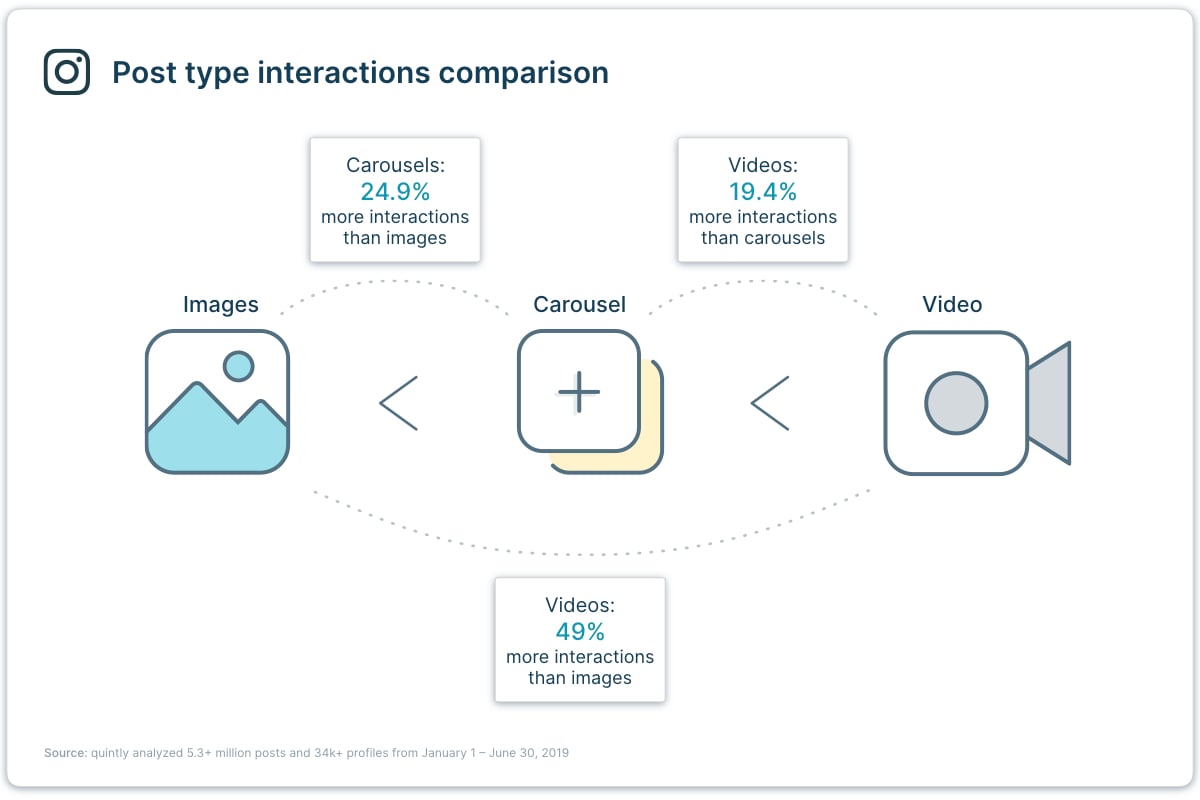
It’s interesting to note though, that the number of posted images still dominates the landscape in this platform. They remain the most-posted type of content.
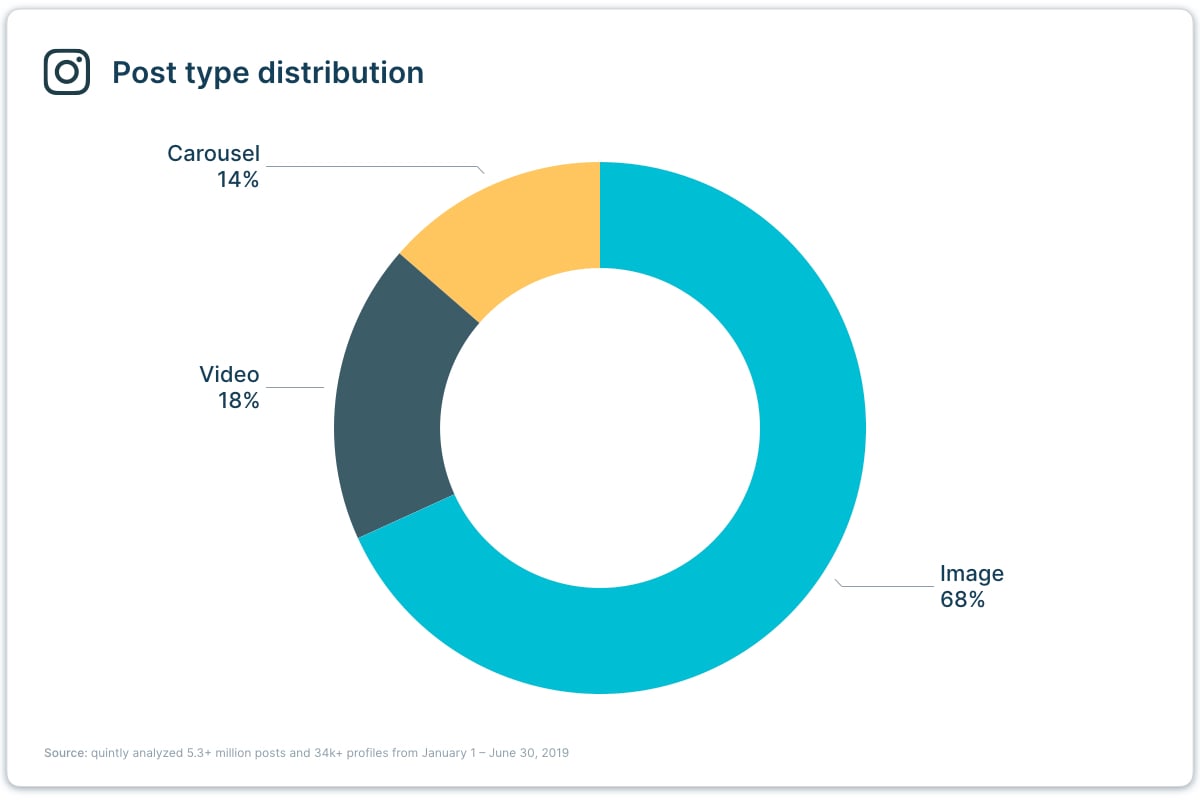
They tend to provoke more quick interactions than other post types, but not so much in the long-term.
Plus, video content ignites more meaningful engagement. While pictures produce more likes, videos bring about more comments and are more likely to generate conversions.
It’s no surprise, then, that the study also revealed that the larger a profile, the more video content it publishes. The reason seems to be that celebrities and big brands are more likely to produce video content to share and reap the benefits from it too!
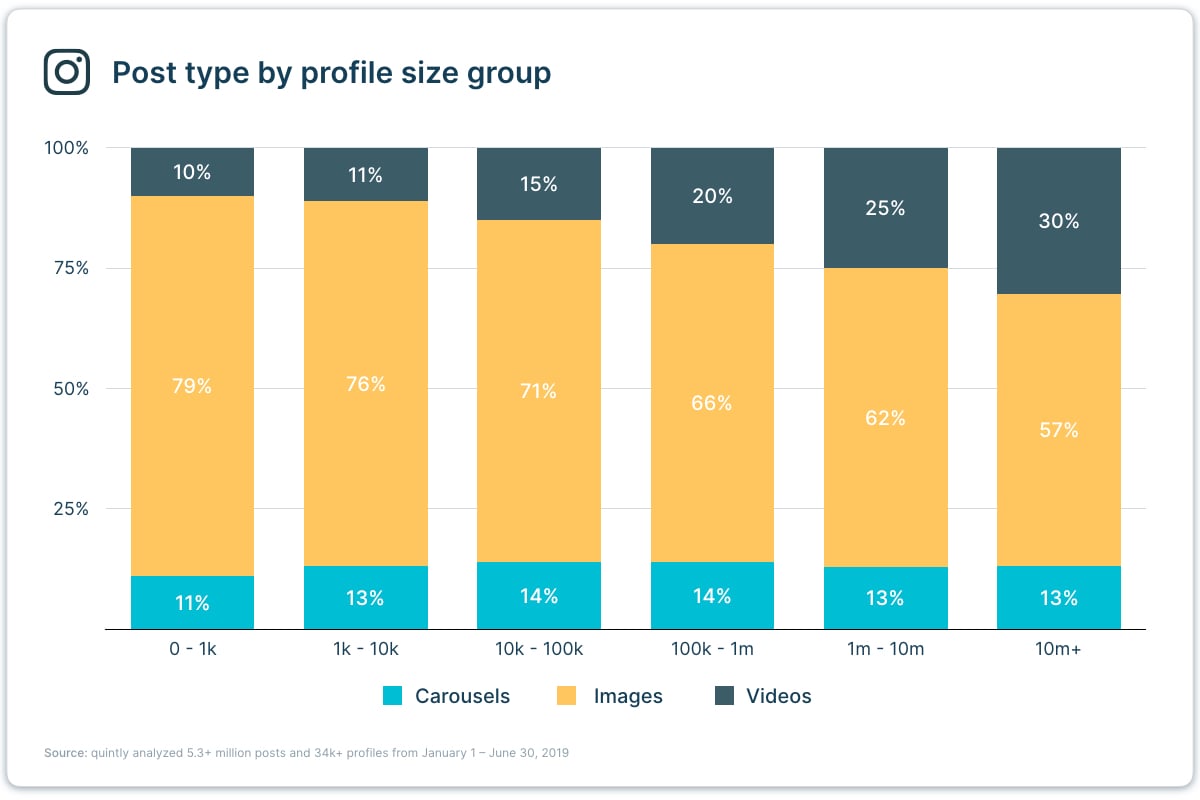
5. Not All YouTube Videos are Created Equally
What does it take to make a killer video for your brand?
Don’t let the Hollywood ways fool you into thinking your video needs to have celebrities and high production value to nail it! In fact, the appeal of a YT video lies elsewhere.
YouTube viewers – like most other audiences out there – feel drawn to watch any video as long as it’s related to their personal interests. That is, if they think watching it will provide value.
That’s the reason why every video you create about your brand for YouTube should focus on the benefits it brings to customers.
Well-crafted explainer videos and product spotlights, for example, tend to do wonderfully on the platform for that very reason! They don’t revolve around how your product or service is excellent, but on describing how it can improve customers’ lives.
It's a focus like that, that tends to make YouTube videos stand out from the sea of content ever-present on the platform. And an important lesson to take to heart when you are working on videos of your own to post there.
Now, on a more case-by-case basis, you’ll want to know exactly the type of videos that engage your audience the most! And that’s where using tools that allow you to visualize engagement metrics can become invaluable for your social video strategy, helping you decide what to work on next.
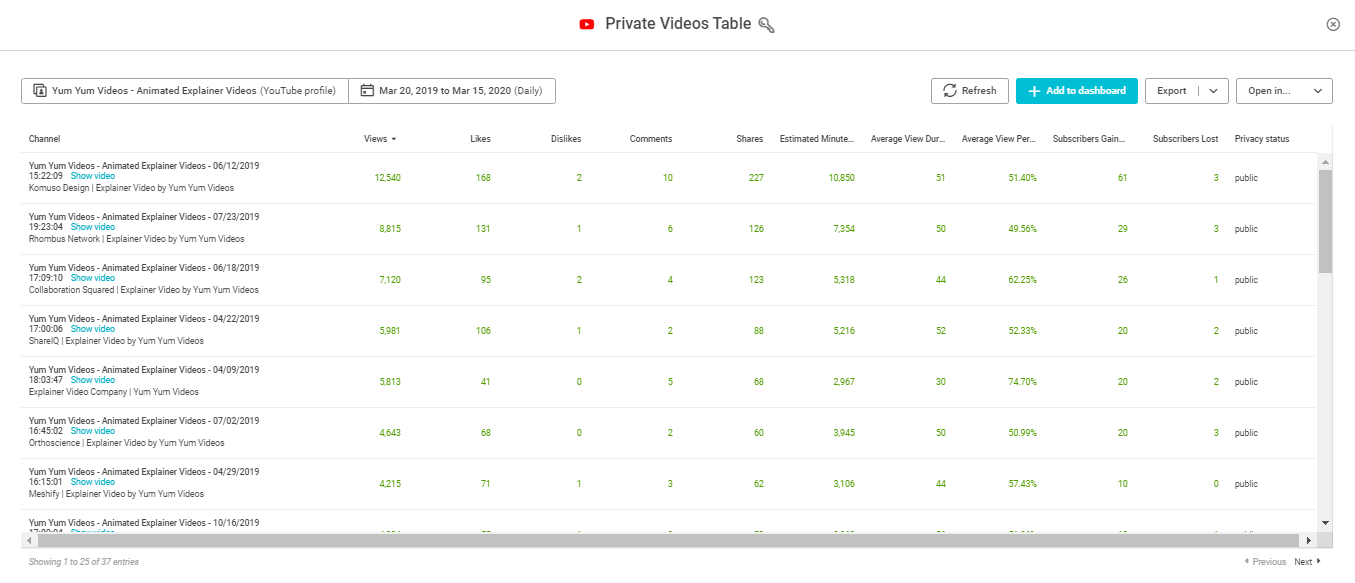
6. All Roads Lead to YouTube(?)
Viewers come across your YT channel in very different ways. Some might specifically search for it, some others might find it following a YouTube recommendation, and so on.
For most YouTube channels, their primary traffic sources are Searches, Suggestions, and Browse Features. That’s why it’s so vital to take care of having proper SEO and appealing thumbnails and titles.
Why is it relevant to know your traffic sources?
If you are aware of those, you can realize which ones benefit you the most, and which ones you should pay more attention to in 2020. With that in mind, it’s easier to enhance your marketing approach and your channel’s reach.
Some brands are oblivious to all the methods they can use to drive views to their YouTube content. Or neglect to check if their current promotion tactics are performing well at all. Therefore, they continue to invest money, time, and effort in the wrong places. It’s necessary to try and drive views by external sites or to confirm that paid YouTube ads are being fruitful.
Luckily, you can measure the traffic sources of your YouTube channel with tools like the following:
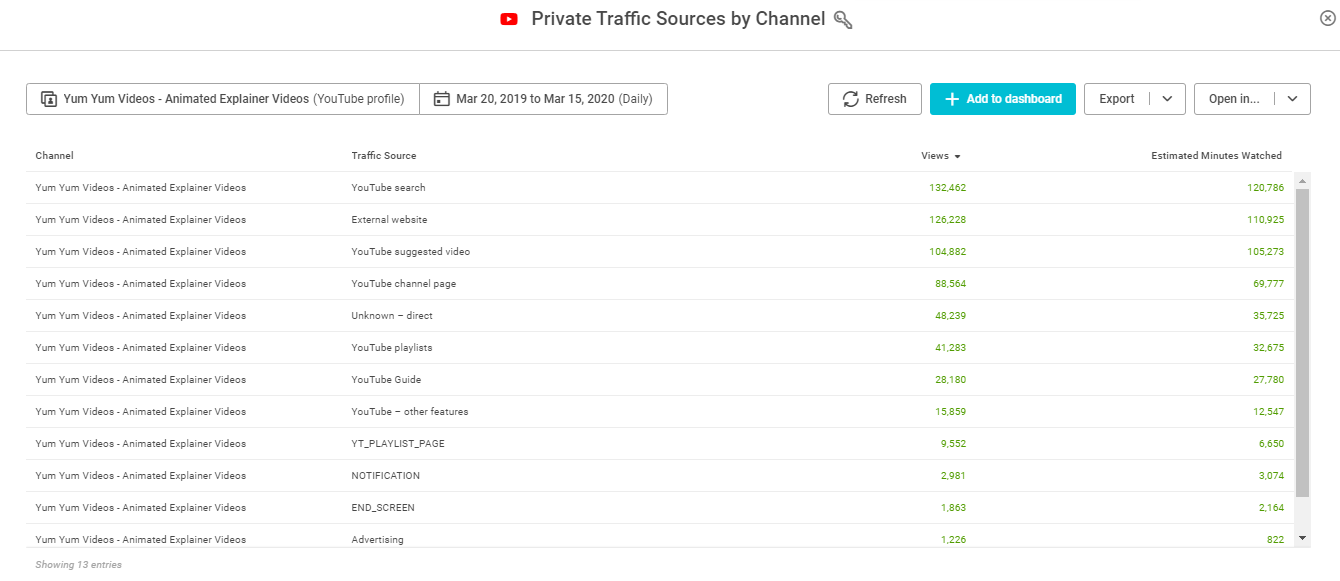
7. Nailing Hashtags on Twitter
Hashtags are one of Twitter's most valuable tools when it comes to marketing. They are great for boosting brand awareness and interaction rates, and rather simple to implement.
A tweet that includes hashtags is way more likely to generate engagement than one that doesn't. Plus, tweets that include videos achieve a higher reach when combined with related hashtags.
Videos on twitter greatly benefit from hashtags, since the text accompanying them has to be brief –because of the platform’s restrictions that leave little room to describe the video in depth.
That's when hashtags come into action: They help shed light on the video's topic while maintaining the tweet as short as possible. And all the while, furthering the piece’s organic reach.
Some people take them a little too seriously though, and their tweets seem to be more like a list of hashtags rather than a text. That defeats the purpose of posting a video to make interaction rates grow.
People tend to dislike the use of too many hashtags. In fact, as can be seen in the sample chart below, the highest interaction rate is accomplished with the lowest mention of hashtags. Probably because it brings about more readable tweets.
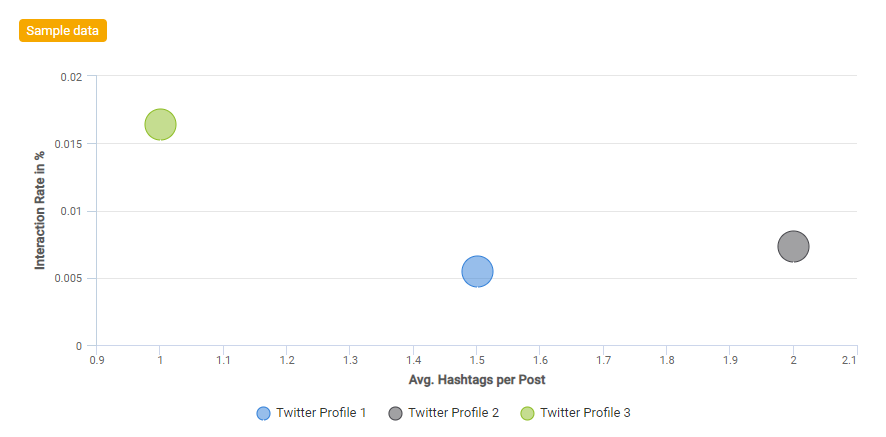
Hard data proves it’s better to find a middle point. Try to use up to two hashtags per post. More than that is unhelpful –not to mention an eyesore.
8. More Tweets with Videos, More Social Presence
It comes as no surprise that the more you tweet, the more relevant you can become on the platform.
In the graphic below, for example, three Twitter profiles are compared. As the number of tweets increase, so does the interaction rate per tweet.
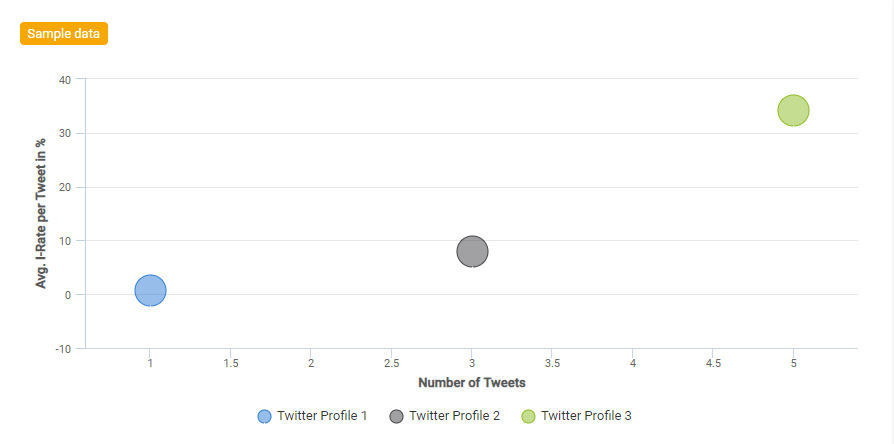
That said, it’s essential to notice that it doesn’t mean you should tweet anything that comes to your head. Always favor quality over quantity.
And that’s when video content comes in to bring just that. The number of users watching videos on Twitter is rapidly growing for that reason. Besides, tweets that include videos enjoy a way higher interaction rate than those without.
It’s a shame you can’t measure the quality of a tweet or of a video. You can, however, compare the reaction of your target audience to your specific tweets and check which one performed better, using tables like the one below.
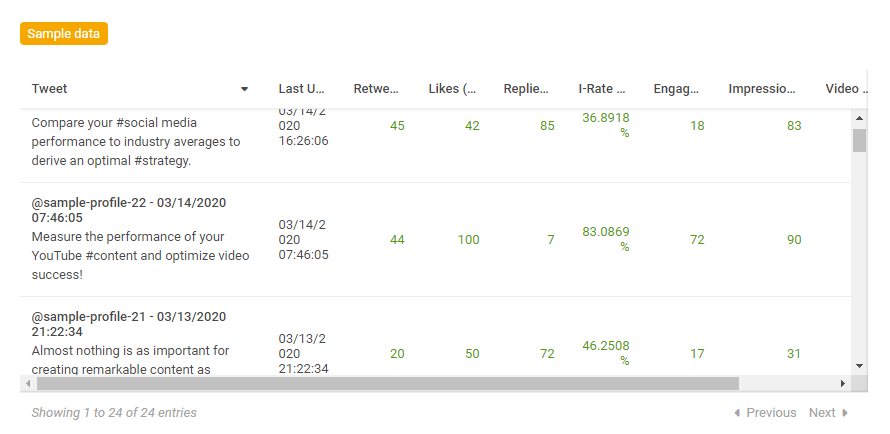
It’s All in the Numbers!
If you want to have a strong online presence, disregarding your social marketing is not an option this year – or ever again, for that matter!
Every brand out there should be mindful of what’s going on with their social profiles, and adapt their content strategy accordingly. You can’t just expect to press post and then pray for likes and comments to rain. That’s O.K. for your Aunt Martha’s Facebook posts, but not for businesses! Whether big or small.
Use measurable data and current trend information to decide what your target audience is drawn to watch and interact with, and focus on those – while also using it to cut out content that isn’t delivering the results you want!
Do it right, and you’ll find it not only easier, but much more effective to manage a social media strategy that pays off.
Related articles
7 ways to get more Facebook video shares
How do Instagram Insights work?
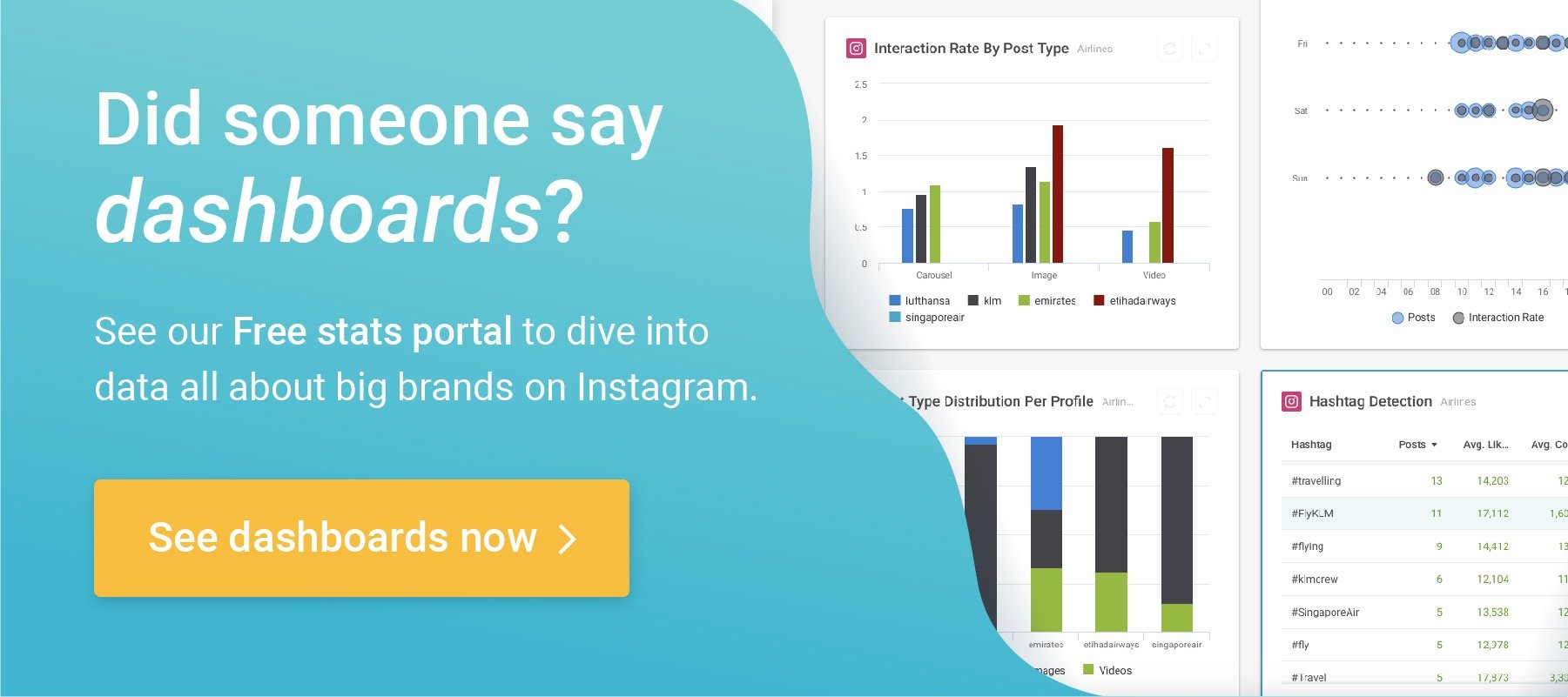
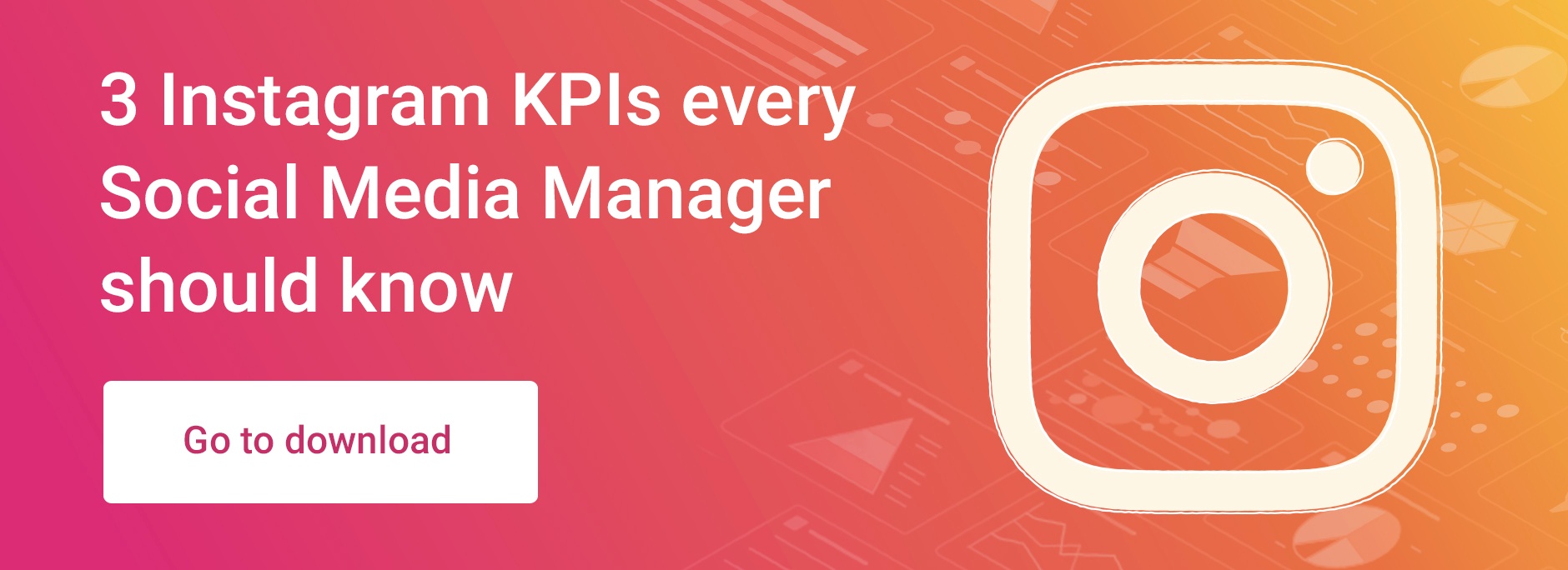

Join the conversation. Leave us a comment below!